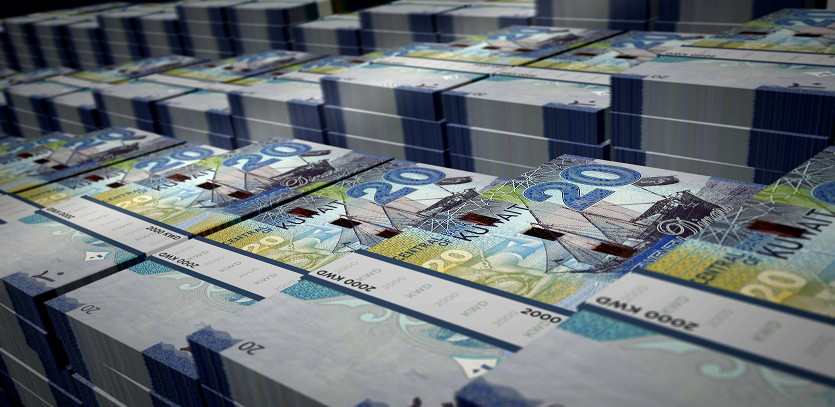Introduction to the Kuwaiti Dinar (KWD)
The Kuwaiti Dinar (KWD) serves as the official currency for Kuwait and it holds the distinction of being the world's highest-valued currency. Currently, one KWD approximately equates to $3.25 USD. The KWD came into being in 1961 as a replacement for the then-used Gulf rupee. Presently, it breaks down into 1,000 fils.
Evolution of the Kuwaiti Dinar
Since its inception in 1961, the journey of the KWD has seen several significant milestones.
The Formative Years (1961-1980)
In the initial years after its launch, the KWD celebrated stability. The currency was basically pegged to the US dollar, gaining the status of a reserve currency for multiple countries within the region.
The Period of the Oil Boom (1980-1985)
The dramatic oil boom during this period expanded the worth of the KWD considerably. With the rapid growth of Kuwait’s economy, the KWD became one of the most valuable currencies on the planet.
The Impact of the Gulf War (1990-1991)
However, the Gulf War resulted in a significant loss of value for the KWD. The Iraqi invasion led to major devastation of Kuwait’s economy, and the KWD took a substantial hit. The currency witnessed a recovery period following the war.
The Present Scenario (1991-Present)
Post the Gulf War, the KWD has enjoyed a period of relative stability. Its value has experienced minor fluctuations but it continues to be one of the world's most valuable currencies.
An Analysis of the Rapid Growth of KWD
The swift rise of the KWD can be credited to various factors such as:
- The oil boom: The oil boom during the 1970s and 1980s proved immensely beneficial for the KWD. With Kuwait being a primary oil producer, a surge in oil prices led to a major increase in the country's exports. - The stability of Kuwait's economy: Known for its stable economy, Kuwait has a resilient financial system and a history of efficient economic management. - Kuwait's political stability: Kuwait's political environment is relatively stable, and it possesses a robust government system with minimal political unrest.
Current Situation and Predictions for the Future
The current state of the KWD is fairly stable but the future remains usually uncertain due to challenges such as declining oil prices and political instability in the region. However, measures taken by the Kuwaiti government might ensure the KWD remains a valuable currency.
The Expert Outlook
Some experts hold the belief that the KWD is undervalued, citing strong economy and political stability. However, others express caution due to potential challenges that may decline its value in future.
Strategies to Trade KWD
There are several strategies to trade KWD, such as:
- Carry trade: A strategy involving the borrowing of a low-interest currency to invest in a high-interest one. - Scalping: A short-term strategy aimed at profiting from minor price shifts. - Trend trading: A long-term strategy targeted at profiting from market trends.
Conclusion
The high-value Kuwaiti Dinar (KWD) has grown in popularity over the years. While a number of strategies exist to trade KWD, the future is uncertain.





